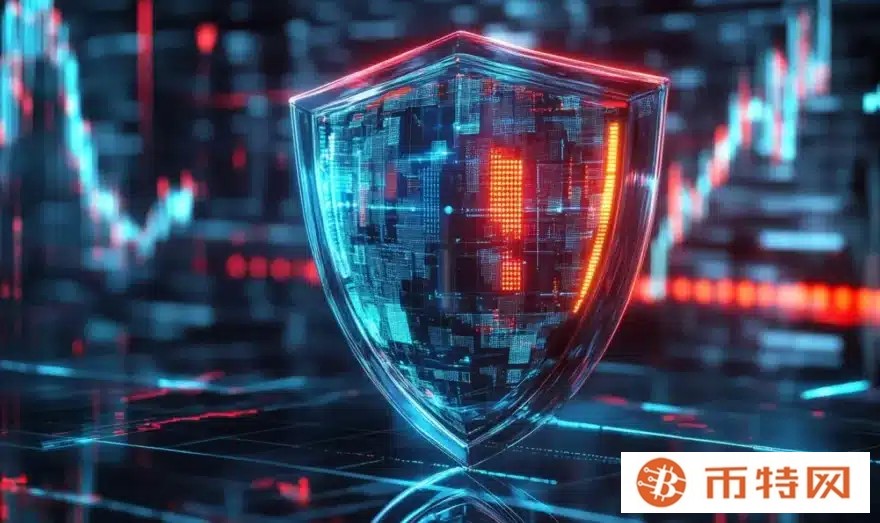
区块链调查员 ZachXBT 已加入以研究为主导的加密货币投资公司 Paradigm 担任顾问。
ZachXBT 自称是一名骗局幸存者,现已成为 2D 调查员,他在 2 月 26 日的 X 帖子中证实了这一进展。据这位知名的区块链分析师称,他在 Paradigm 的职位是事件响应顾问,与加密货币风险投资公司的投资组合公司合作。
在加入该公司时,这位匿名的链上调查员强调,他将继续专注于自己的主要工作,调查和解决与区块链相关的犯罪。他表示,加入 Paradigm 的决定很轻松。
“这是一个很容易做出的决定,因为这让我可以自由地继续帮助社区并发布类似的调查。我一直很尊重 Paradigm 通过资助安全联盟等计划、发布开源研究和帮助捍卫隐私权来回馈这个领域。”
在评论此次合作时,Paradigm 联合创始人 Matt Huang 也证实 ZachXBT 在该领域的工作不会改变。Huang 表示:
“ZachXBT 是一个传奇人物,他使用链上取证技术让坏人承担责任。他已经向黑客和诈骗受害者返还了超过 3.5 亿美元。随着行业的发展,这一点变得越来越重要。我们很高兴 ZachXBT 能加入 Paradigm 担任顾问。他的重点不会改变;我们只是想支持他继续做好工作的能力。”
ZachXBT 揭露了许多与加密货币相关的犯罪行为,他的深入调查帮助执法部门逮捕了不法行为者。
在他的最新努力中,这位调查员帮助确认拉撒路集团 (Lazarus Group) 就是 Bybit 15 亿美元抢劫案背后的黑客。这使他赢得了阿卡姆提供的 5 万美元赏金。
Bybit 还承认 ZachXBT 在推出该交易所平台以对抗 Lazarus 黑客方面做出了贡献。